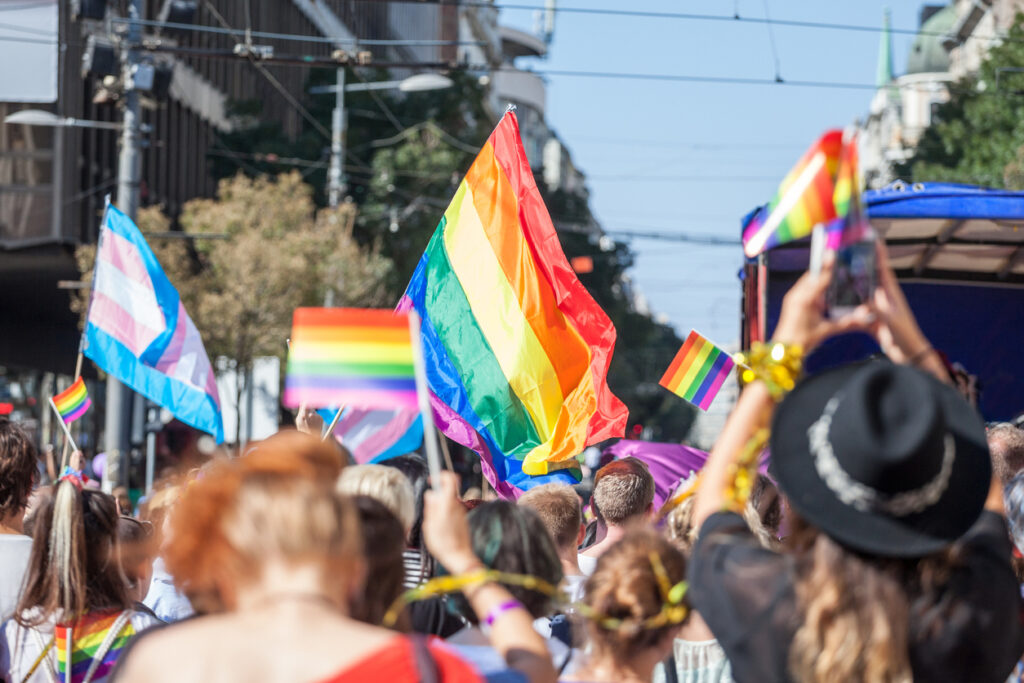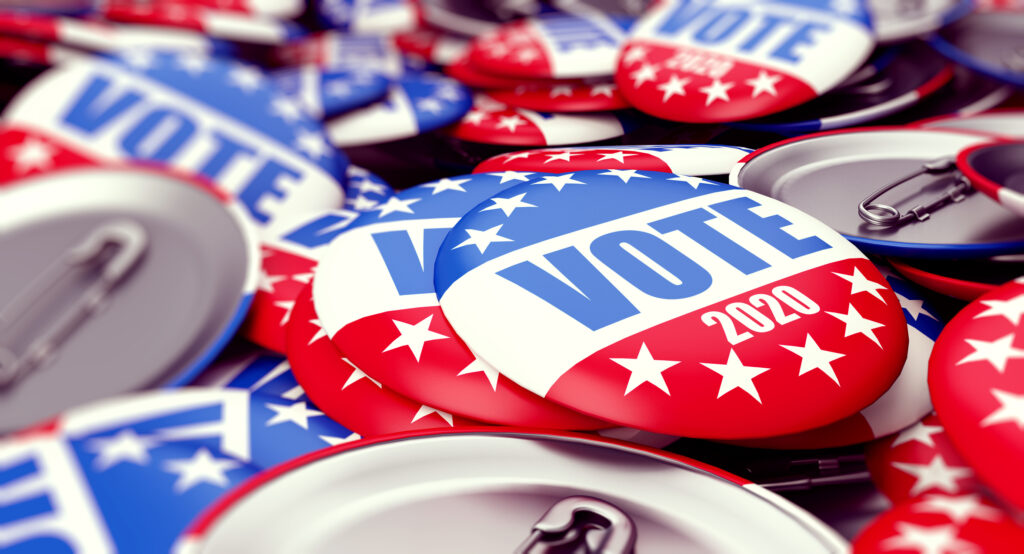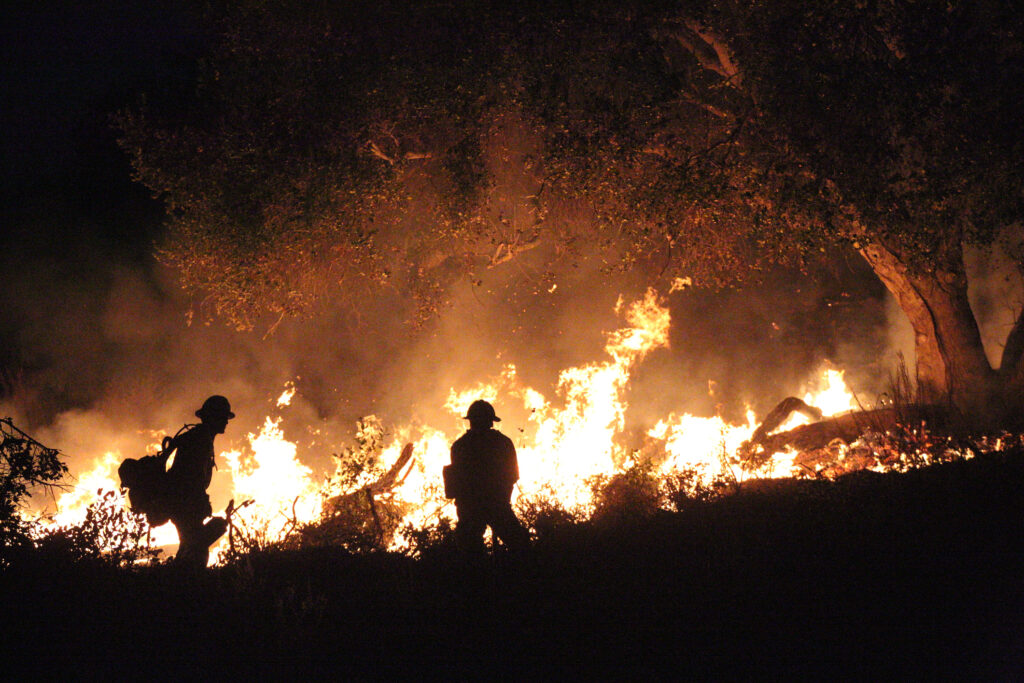An Interview with San Francisco’s Senior Associate Attorney: Megan Irish
Today we had the opportunity to virtually catch up with our senior associate attorney, Megan Irish from our San Francisco office. Megan Irish is a determined and experienced advocate for those injured in catastrophic incidents and the loved ones of those who died. In 2018 and 2020, Super Lawyers recognized Megan as a Rising Star …
An Interview with San Francisco’s Senior Associate Attorney: Megan Irish Read More »






